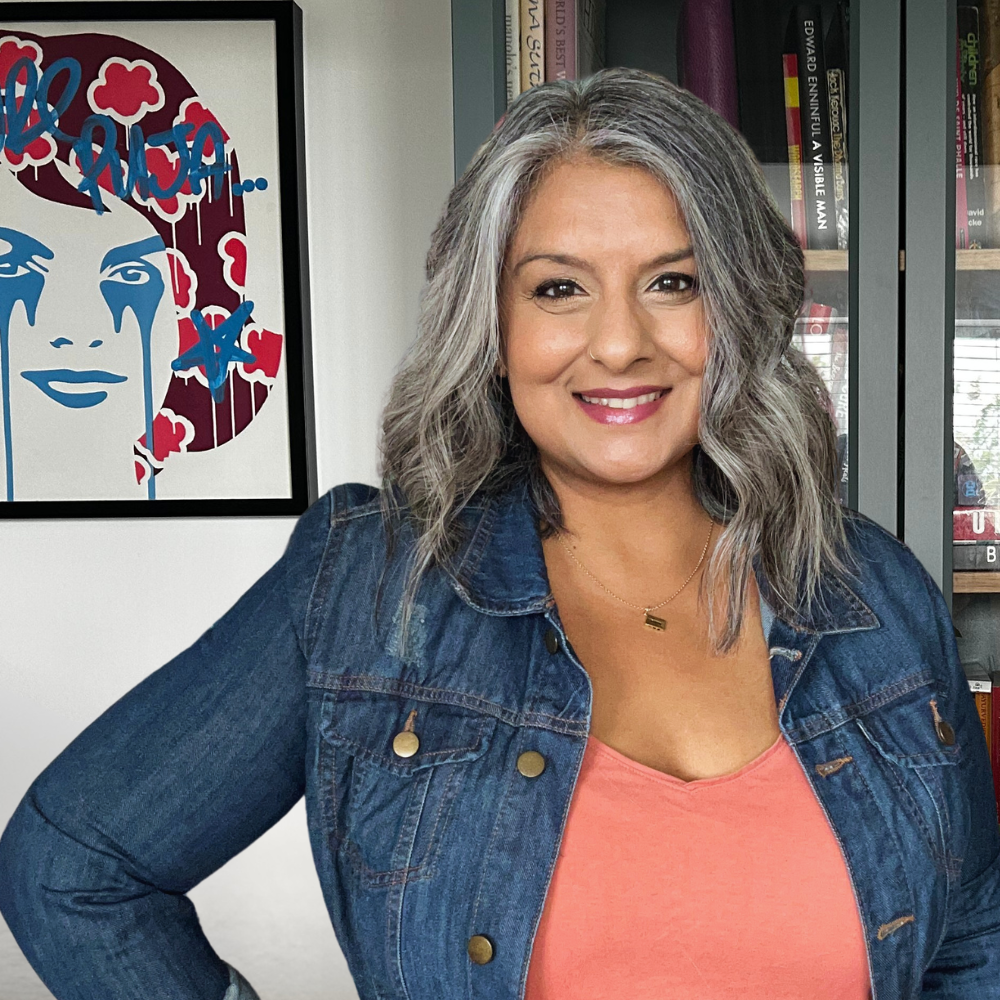
The Difference between Traditional Leadership and Self-Leadership
The concept of leadership is undergoing significant transformation. While traditional leadership has long been the backbone of corporate management, there’s a growing shift toward self-leadership. This new approach has gained traction as organisations seek more adaptable, innovative and resilient structures.
In this blog post, we explore the differences between self-leadership and traditional leadership, and how embracing the former can be beneficial for CEOs and senior leaders.
What is Traditional Leadership?
Traditional leadership is the classic model that has dominated organisational structures for decades. It is characterised by a hierarchical system where power and decision-making flow from the top down. In this model, leaders are the primary decision-makers, providing guidance, setting goals and overseeing the performance of their teams. Leaders have clear authority and employees are expected to follow their direction.
Characteristics of Traditional Leadership
- Hierarchical Structure: A clear chain of command with defined roles and responsibilities.
- Top-Down Decision-Making: Decisions are made by leaders and communicated to teams.
- Direct Supervision: Leaders closely oversee employees’ work and maintain control.
- Defined Processes and Procedures: A strong emphasis on following established protocols.
What is Self-Leadership?
Self-leadership is a more decentralised approach where individuals take responsibility for their own actions, decisions and development. This concept encourages employees to lead themselves, setting personal goals, managing their time and taking initiative. Self-leadership fosters a sense of ownership and accountability at all levels of an organisation.
Characteristics of Self-Leadership
- Autonomy and Empowerment: Employees are given the freedom to make decisions within their roles.
- Intrinsic Motivation: Individuals are driven by their own goals and aspirations.
- Continuous Learning and Development: A focus on personal growth and skill-building.
- Collaborative Decision-Making: Teams work together to solve problems and drive innovation.
The Shift from Traditional to Self-Leadership
The shift from traditional leadership to self-leadership reflects the changing dynamics of the modern workplace. As organisations become more dispersed, flexible and technology-driven, the need for adaptability and creativity has increased. Self-leadership offers several key advantages over traditional leadership.
Benefits of Self-Leadership
- Increased Innovation: When employees are empowered to make decisions, they’re more likely to experiment and bring new ideas to the table.
- Enhanced Employee Engagement: Self-leadership creates a sense of ownership, leading to higher levels of engagement and job satisfaction.
- Reduced Micromanagement: With self-leadership, leaders can focus on strategic goals rather than daily tasks, allowing teams to operate with greater independence.
- Greater Resilience: Self-leaders can adapt to changing circumstances, making organisations more resilient in the face of uncertainty.
Embracing Self-Leadership as a CEO
For CEOs and senior leaders, embracing self-leadership requires a shift in mindset and organisational culture. Here are some steps to consider when transitioning from traditional leadership to self-leadership:
- Redefine Leadership Roles: Instead of solely focusing on control and authority, position leaders as mentors and facilitators who guide teams rather than dictate to them.
- Encourage Autonomy: Allow employees to take ownership of their work, encouraging them to set their own goals and determine how to achieve them.
- Cultivate a Learning Culture: Promote continuous learning and development, encouraging employees to acquire new skills and knowledge.
- Promote Collaboration: Create a collaborative environment where teams work together to solve problems and make decisions.
- Embrace Flexibility: Recognise that traditional structures may not suit every organisation or project and be open to adopting more flexible, self-directed approaches.
“If your actions inspire others to dream more, learn more, do more and become more, you are a leader.” — John Quincy Adams
Ancient wisdom on self-leadership
Throughout history, many ancient traditions have emphasised the importance of self-discipline, mindfulness and personal responsibility. Here are some examples:
- Stoicism (Western Philosophy): Stoic philosophers like Marcus Aurelius and Seneca advocated for self-control, resilience and inner strength. They taught that individuals should focus on what they can control and accept what they cannot, emphasising personal responsibility.
- Taoism (Eastern Philosophy): Taoist teachings, as found in the Tao Te Ching by Laozi, emphasise harmony, balance and going with the flow. This perspective encourages individuals to act in accordance with their true nature and adapt to change.
- Buddhism (Eastern Philosophy): The teachings of Buddhism highlight mindfulness and the importance of self-awareness. By understanding one’s thoughts and emotions, individuals can cultivate compassion and make conscious choices.
These ancient philosophies share common themes: personal responsibility, adaptability and a focus on continuous improvement. When applied to the concept of self-leadership, these principles offer valuable insights into how organisations can benefit from a culture that embraces self-leadership.
Benefits of cultivating a self-leadership culture
By embracing self-leadership, CEOs and senior leaders can create organisations that are more innovative, adaptable and resilient.
This shift is not just about empowering employees—it’s about building a culture where everyone feels a sense of ownership and responsibility, ultimately leading to a stronger and more successful business.

Hi, I’m Puja! I’m all about helping driven, purpose-led people create success that actually feels good—without losing themselves along the way.
I mix deep coaching with practical strategies and a soulful perspective to help you thrive in your work, life, and well-being.
This is where I share stories, ideas, and inspiration to spark bold thinking and a more meaningful way of living.
Discover more: SIMPLY WELLBEING SUBSTACK
Registered address: 3rd Floor, 86-90 Paul Street, London, EC2A 4NE
© 2025 Frankly Coaching Ltd.